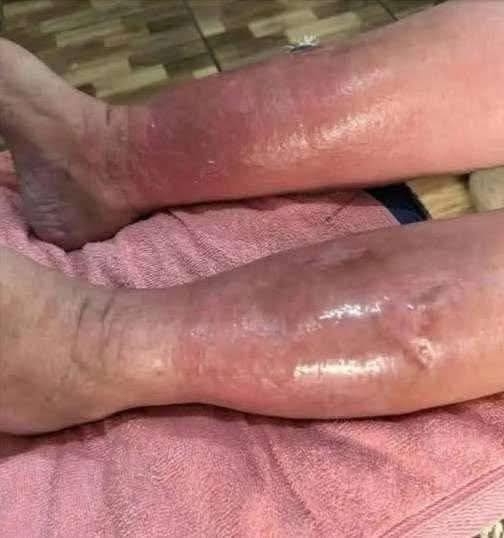I once struggled with severe pitting edema—the kind where pressing on my ankle would leave a visible dent that lingered. This was especially alarming because I was young, healthy, and on no medications. My round, swollen face was another red flag, hinting at deeper issues rooted in blood sugar imbalance.
Edema—fluid buildup in tissues, often in the legs and ankles—is commonly linked to heart, kidney, or liver issues, excess sodium, or certain medications. But one lesser-known cause is a malfunction in the body’s sodium-potassium pumps at the cellular level.
These microscopic pumps help regulate fluid balance by moving sodium out of cells and pulling potassium in. When they stop functioning properly—often due to a high-sugar diet—fluid begins to leak into surrounding tissues, causing swelling.
High blood sugar contributes to this by triggering glycation, a process where sugar molecules attach to proteins in the blood. This damages circulation, leads to fluid retention, and even causes nerve damage—resulting in numbness or tingling. You don’t have to be diabetic for this to happen; consuming lots of refined carbohydrates can be enough.
The path to healing lies in restoring the function of these pumps, which depends on three key nutrients: potassium, magnesium, and vitamin B1 (thiamine).
Potassium is essential for fluid balance and pump function, yet most diets fall short of the recommended intake.
Magnesium helps relax muscles and supports the energy needed for these pumps to work.
Vitamin B1, especially in its active form benfotiamine, aids in carbohydrate metabolism and prevents sugar buildup.
Eliminating refined sugar and processed carbs while boosting intake of these nutrients—through foods like leafy greens, seeds, avocados, nutritional yeast, and supplements—can significantly reduce swelling.
In my own experience, the difference was dramatic. The edema began to ease within days and disappeared entirely in about two weeks.
The takeaway? Managing blood sugar and supporting cellular health isn’t just about preventing diabetes—it’s crucial for avoiding conditions like edema. Rather than turning to quick fixes, real healing starts at the cellular level.
